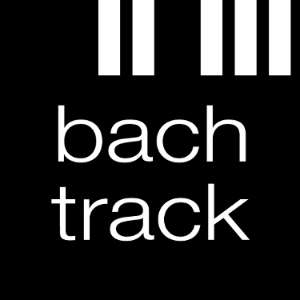Yuri Temirkanov, Diego Fasolis, Andris Nelsons, Antonio Pappano. Merely looking at the first four conductors on the new season at LuganoMusica should be enough to whet your appetite (it gets slightly less starry later in the year, although Daniele Gatti and Giovanni Antonini might object to us saying so). The roster of pianists is up to the same standard: Nelson Freire, Rudolf Buchbinder, Grigory Sokolov, Maurizio Pollini, Paul Lewis and more. For string players, the Capuçon brothers and Jordi Savall. If it’s the world’s top orchestras you were looking for, you get a choice of the St Petersburg Philharmonic, the Gewandhausorchester Leipzig, the Santa Cecilia, the Chicago Symphony Orchestra and more.
In repertoire terms, the season is clearly focused on the core Romantic repertoire, with excursions into Mozart and Haydn at one end, and early 20th century works at the other. There are exceptions: Jordi Savall and his orchestra Le Concert des Nations play a concert of French Baroque composers Marais, Lully, Couperin and Rameau on 6th December, Diego Fasolis, I Barocchisti and the Swiss Radio Television Choir perform Bach’s Christmas Oratorio (although oddly, not until 12th January). At the other end of the musical age range, on April 27, percussionist Simone Rubino leads a concert of contemporary music including a new commission from Jakob Brenner labelled intriguingly “for body percussion”, while Mirga Gražinytė-Tyla includes a setting of De profundis by her fellow-Lithuanian Raminta Šerkšnytė in her concert of Tchaikovsky and Brahms with the City of Birmingham Symphony Orchestra on 23rd March.
But the heart of the season is Romantic, and with Beethoven’s 250th anniversary coming up in 2020, it won’t come as a surprise that there’s a lot of Beethoven being played. In particular, there’s a lot of his piano music: Paul Lewis includes the two Op.27 sonatas in his 1st April recital (the third work is Schubert’s D.894 sonata), the Capuçon brothers and pianist Frank Braley play the Ghost and Archduke trios in an all-Beethoven concert on 5th June. The piano concertos are played by some of the world’s finest musicians: the season opens with no. 4 played by Nelson Friere with Yuri Temirkanov and the St Petersburg Philharmonic, as a precursor to Mahler’s 1st Symphony, while Piano Concerto no.1 is played on October 21 by Rudolf Buchbinder, Andris Nelsons and the Gewandhausorchester ahead of Schubert’s Symphony no. 9 “Great”. Daniele Gatti and the Orchestra Mozart pair Beethoven’s Triple Concerto and two shorter orchestral works with Prokofiev’s Classical Symphony in their Easter concert.
The season has two other focal points: an artist residency by cellist Gautier Capuçon and a focus on the music of Mendelssohn. Both are united in a concert on 23rd October, in which the Gewandhaus (the orchestra Mendelssohn founded) play his Symphony no. 3 “Scottish” and accompany Gapuçon for the Schumann Cello concerto in A minor. Gil Shaham plays the Violin Concerto on 16th February, Riccardo Muti and the Chicago Symphony Orchestra include a Mendelssohn overture in their concert on 23rd January, and there are a number of chamber concerts not listed on Bachtrack.
Chopin is represented by a Capuçon recital on 4th March, as well as one of the season’s exciting piano recitals, from rising star Beatrice Rana, on 22nd November. Piano junkies will also be heading for Grigory Sokolov’s concert of Brahms piano pieces on 16th December.
Opera fans will get a concert performance of Mozart's La finta giardiniera in October with Fasolis and I barocchisti are joined by the La Scala Orchestra, who get a rare opportunity to perform on original instruments. There's more opera in June in the shape of four performances of the Macerata Sferisterio’s “Traviata of mirrors” production: we know that Markus Poschner will conduct the Orchestra della Svizzera italiana, but casting has yet to be announced.
Click here to read more about the new season at LuganoMusica.
This article was sponsored by Fondazione LuganoMusica.




